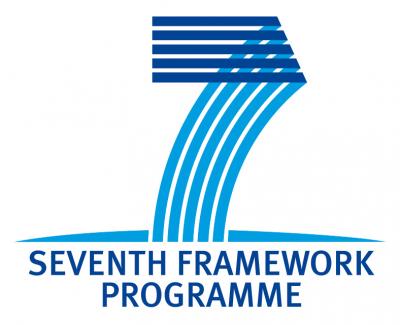Funding: European Union, Clean Sky Joint Undertaking, 7th Framework Programme (CS-GA-2013-632438)
Region: Europe
Project period: 2014 – 2016
Principal Investigator: Dr. Claudio Saul Lopes (claudiosaul.lopes@imdea.org)
The use of composite materials as principal structural elements in an aircraft requires the complete understanding of their mechanical properties. In particular, when structure is subjected to high frequency loading conditions (i.e. low and high energy impacts) phenomena as wave propagation, strain rate dependences, delaminations and rupture need to be fully understood. This is crucial to obtain certification of aeronautical structures like those proposed within the “Clean Sky – Green Regional Aircraft” initiative.
Current numerical models are based on tests and technologies developed during the nineties in European R&T Programs. Since then, significant progress has been achieved in the development of physically-based models and multiscale modelling strategies, which provide more accurate results and can be applied to different materials. In the CRASHING project, the state-of-the-art in multiscale simulation of composites will be transferred to the current numerical tools used by the industry in the simulation of the mechanical behaviour of composite structures for aerospace applications. The project will be focused in composite materials currently used in aircraft innovative designs. In addition, new materials with potential application in the future will be assessed with respect to the database generated along the project.

The main objective of the CRASHING project is to develop a multiscale model approach that takes into account the physical mechanisms of damage at the different length scales. The multiscale approach describes systematically the material behaviour at ply, laminate and component levels. Final models of the multi-scale approach will be suitable for simulations of aircraft crash-landing, ditching, bird strike, ice impacts and, in general, situations where the aircraft is subject to high frequency dynamic loading.
This ambitious two-year research project, funded by the Clean Sky Joint Technology Initiative (JTI-Clean Sky) within the 7th Framework Programme of the European Union, is led and coordinated by the IMDEA Materials Institute which will be responsible for the development and validation of the multiscale models at the micro, meso and structural levels. The other partner of the consortium, Carlos III University of Madrid will be in charge of the experimental characterisation of materials under impact.
Funded by


